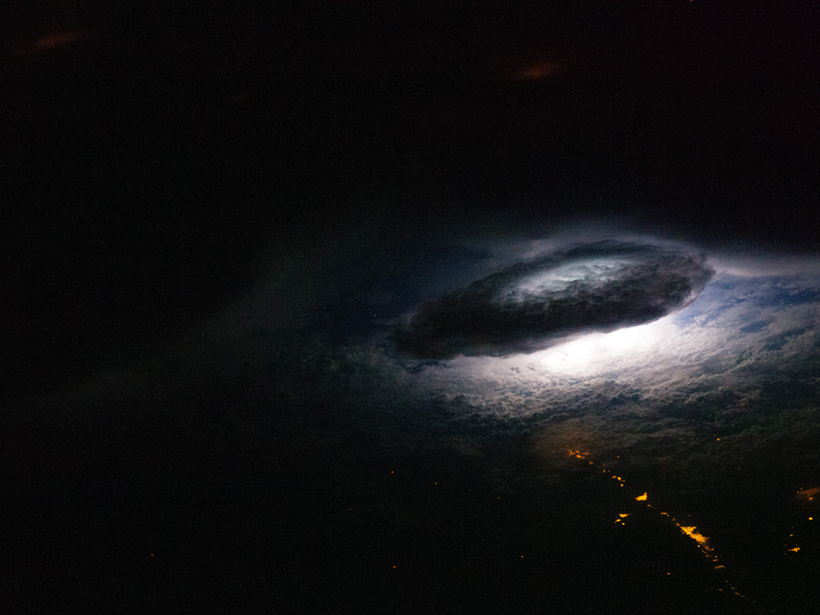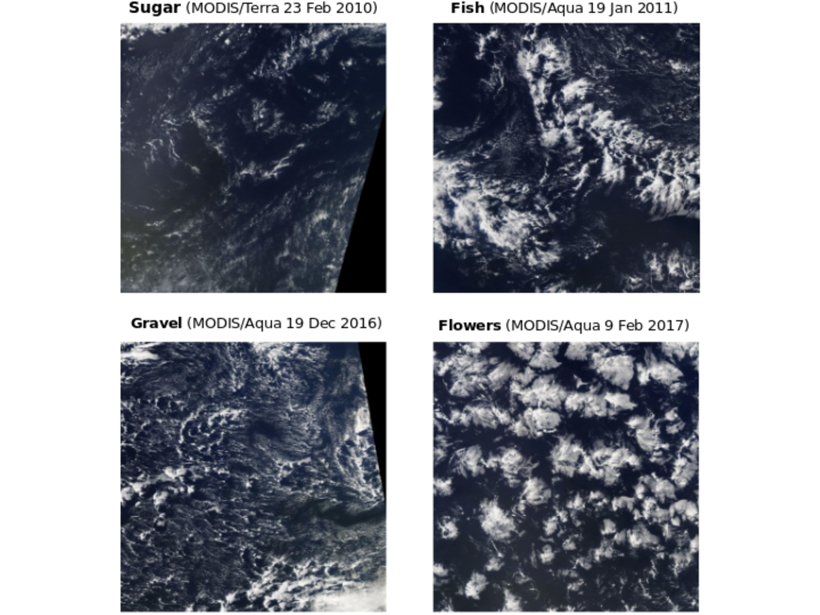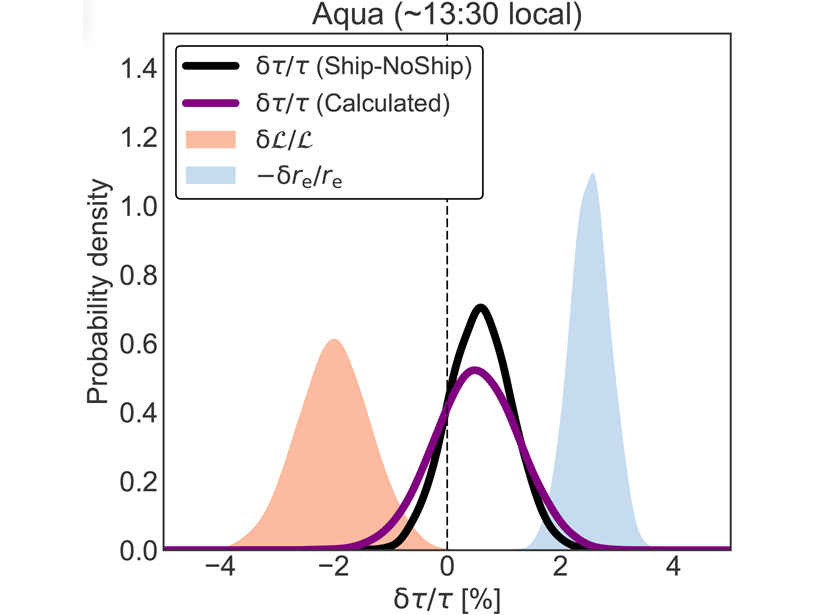Charged by thunderstorms and other weather phenomena, the global electrical circuit connects the entire planet.
clouds
A New View of Old Clouds
Satellite images of marine shallow clouds are objectively classified into four distinct types, illuminating new ways to tackle a long-standing problem in climate predictions.
Quantifying Aerosol Effects on Climate Using Ship Track Clouds
A new methodology for measuring how human emissions influence cloud properties and radiative forcing developed by reconstructing cloud fields in maritime shipping lanes.
Evaluating Cloud Cover Predictions in Climate Models
A new analysis highlights progress in predictions of cloud cover from models that are part of the Coupled Model Intercomparison Project.
Pushing the Computational Limits of Climate Simulation
Researchers apply a superparameterization technique to boost the accuracy and efficiency of climate predictions generated by the Energy Exascale Earth System Model.
An Exoplanet with Evolving Clouds of Salts
Clouds form and dissipate on a gas giant orbiting a Sun-like star.
Microphysics and Positive Lightning in Hokuriku Winter Clouds
The microphysics of the frequent, and frequently positive, lightning of Hokuriku winter clouds was investigated by systematic, in situ observation of individual precipitation particle type and charge.
What Do You Get When You Cross a Thunderstorm with a Wildfire?
Lightning, fire vortices, and black hail are some of the frightening features of fire-fueled storms, which may become more common in the future.
New Type of Storm Spotted on Saturn
In 2018, four massive storms formed near the planet’s north pole, interacting with each other and affecting a full latitudinal band.
Soil Moisture Drives Great Plains Cloud Formation
A new study shows that models that reproduce moisture on land are better at accurately recreating cumulus cloud behavior.










